Ever seen LOL pop up in a text or social media post and wondered what it means? You’re not alone! LOL is one of the most popular acronyms in digital communication, and it’s time we break it down. This little three-letter combo has been making waves online for decades, and it’s still going strong.
| Key Takeaways | Meaning |
|---|---|
| LOL | Laugh Out Loud |
| Origin | 1980s online chat rooms |
| Usage | Texting, social media, online chats |
| Evolution | From literal laughter to general acknowledgment |
LOL Meaning: What’s It All About?
Alright, let’s get real. LOL stands for “Laugh Out Loud.” It’s like the text version of a good chuckle. When someone drops an LOL in your chat, they’re basically saying, “That’s funny!” or “I’m amused by what you just said.”
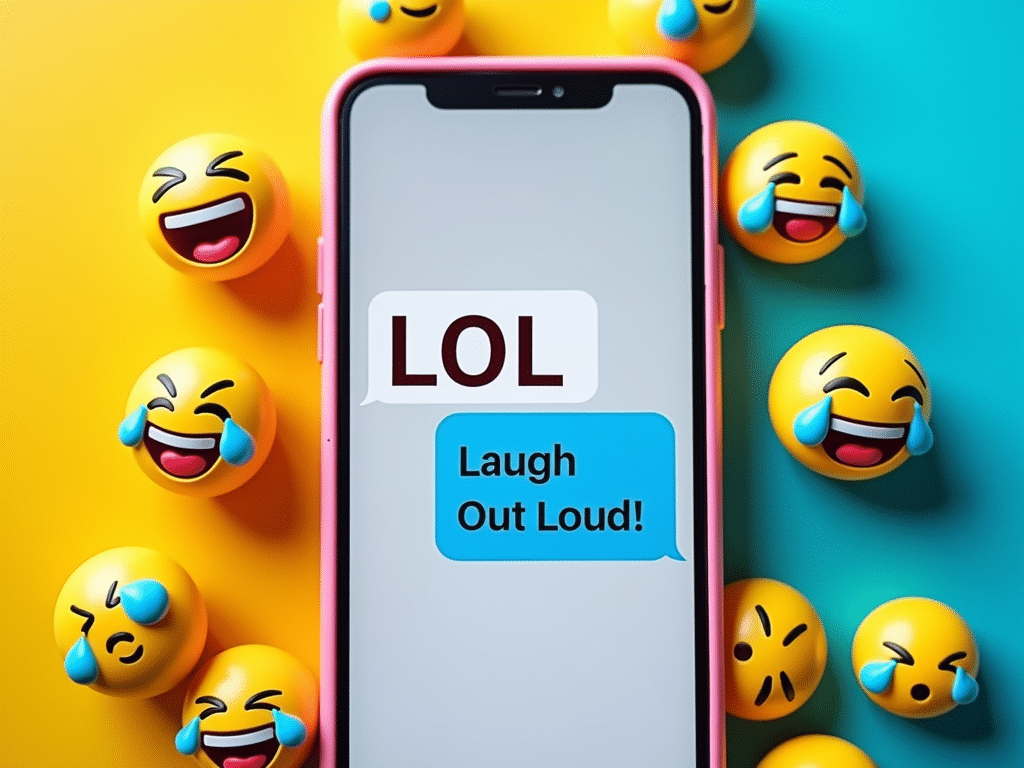
But here’s the thing – LOL has evolved. These days, it’s not always about actual laughter. Sometimes it’s just a way to keep a conversation light and friendly. It’s like the digital equivalent of a smile or a nod.
LOL Meaning in Text: How to Use It Like a Pro
Using LOL in your texts is super easy. Here’s the scoop:
- Responding to a joke: “That’s hilarious LOL”
- Keeping things casual: “I’m running late LOL traffic is crazy”
- Softening a message: “Can you pick up milk on your way home LOL”
Remember, it’s casual stuff. Don’t go dropping LOLs in your college application essays!
The Origins of LOL: A Trip Down Memory Lane
LOL didn’t just appear out of thin air. It’s got a history:
- 1980s: LOL starts popping up in early online chat rooms
- 1990s: Spreads through instant messaging and early texting
- 2000s and beyond: Becomes a staple in social media and texting
It’s like LOL went from a niche internet thing to a global language phenomenon in just a few decades. Talk about a glow-up!
LOL in Popular Culture: More Than Just a Word
LOL isn’t just hiding in your texts. It’s everywhere:
- Movies: Characters use it in dialogue to sound hip
- TV Shows: It’s part of the lingo in shows about teens and young adults
- Music: Some songs even have LOL in their titles or lyrics
It’s like LOL got FOMO and decided to crash every media party out there!
The Psychology Behind LOL: Why We Love It
Ever wonder why LOL became such a big deal? Here’s the scoop:
- Emotion in Text: It helps convey tone in written messages
- Social Bonding: Using shared language creates a sense of connection
- Keeping it Light: It’s a way to add humor or lighten the mood
It’s like LOL is the Swiss Army knife of digital communication – versatile and always handy.
Remember, while LOL is super common, it’s always good to read the room (or the chat). Sometimes a simple “haha” or an emoji might be more fitting. Stay cool, stay respectful, and LOL responsibly!
LOL in Popular Culture: More Than Just a Word
LOL has become deeply embedded in our digital culture:
- Movies & TV: Characters use it to sound relatable and modern
- Music: Some songs even incorporate LOL in lyrics or titles
- Memes: LOL is often used in image macros and reaction GIFs
It’s like LOL got FOMO and decided to be part of every aspect of pop culture!
The Psychology Behind LOL: Why We Love It
The widespread use of LOL reveals interesting psychological aspects:
- Emotional Softener: It helps convey tone in text-based messages
- Social Bonding: Using shared language creates connection
- Empathy Marker: Shows understanding or commiseration
- Face-Saving Device: Reduces potential for mockery or disapproval
LOL has become a versatile tool for navigating social interactions online.
LOL vs. Related Terms
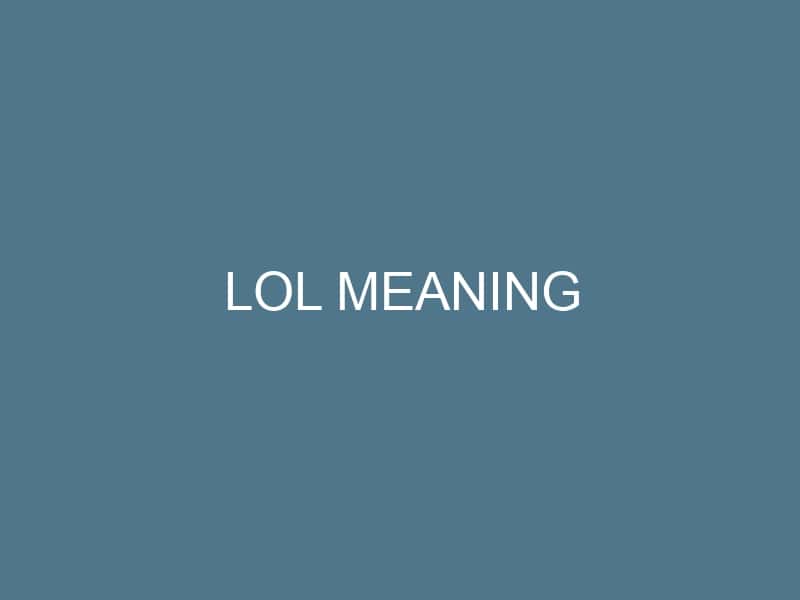
LOL isn’t the only player in the game. Let’s compare:
| Term | Meaning | Usage |
|---|---|---|
| LOL | Laugh Out Loud | General amusement, tone softener |
| ROFL | Rolling On Floor Laughing | Stronger amusement |
| LMAO | Laughing My A** Off | Even more intense amusement |
| 😂 | Crying Laughing Emoji | Visual representation of laughter |
The Future of LOL
As digital communication evolves, so might LOL:
- Potential shifts in usage across generations
- New variations or alternatives emerging
- Continued debates about its impact on language
Whatever happens, LOL has left an indelible mark on how we communicate online.
Remember, while LOL is super common, it’s good to read the context. Sometimes a simple “haha” or emoji might be more fitting. Stay cool, stay respectful, and LOL responsibly!

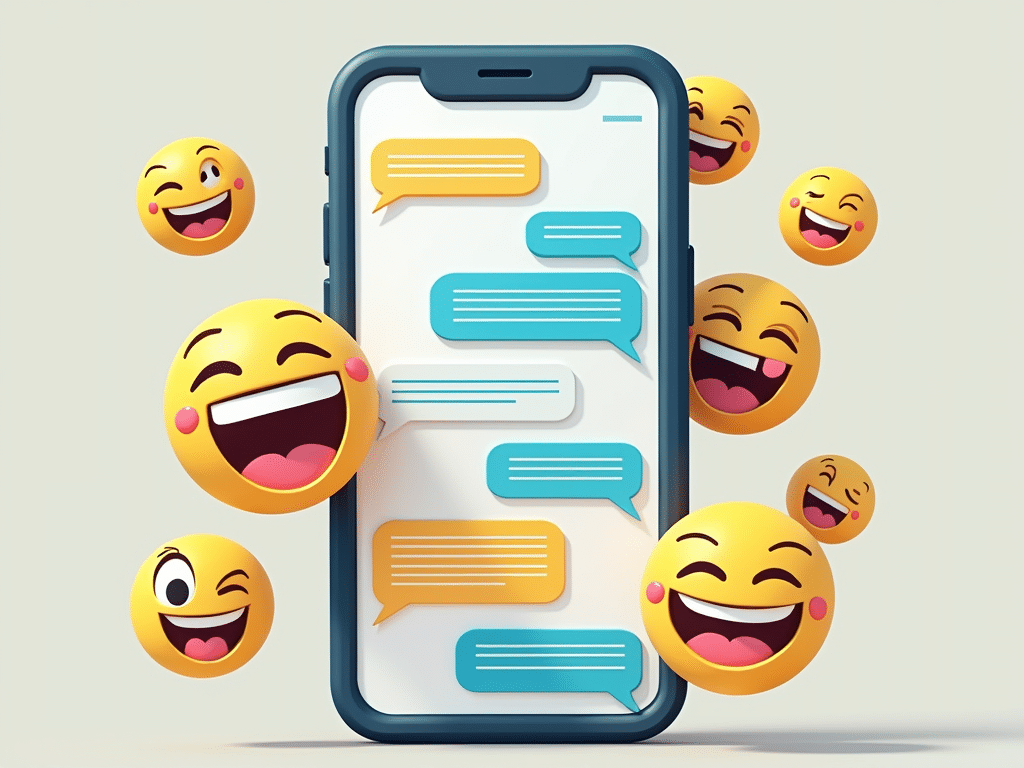

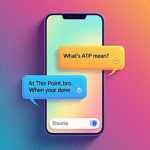



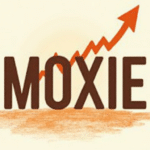
23 thoughts on “LOL Meaning”